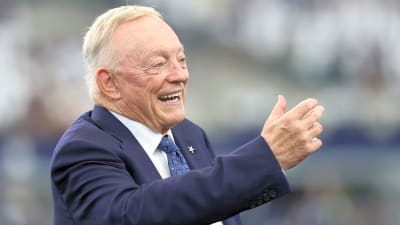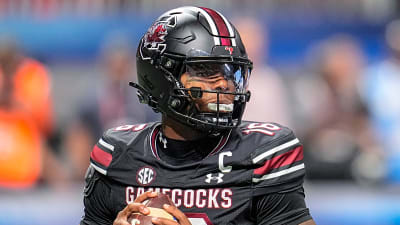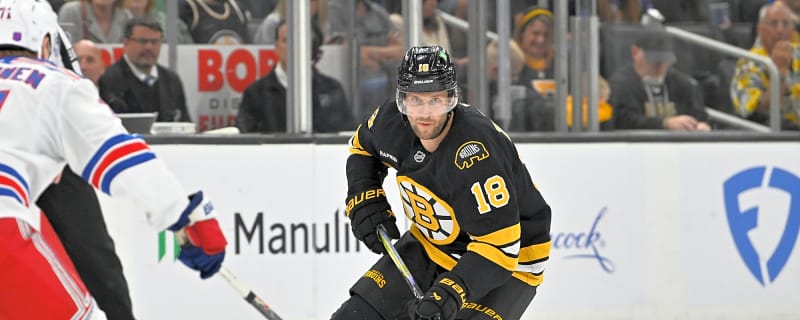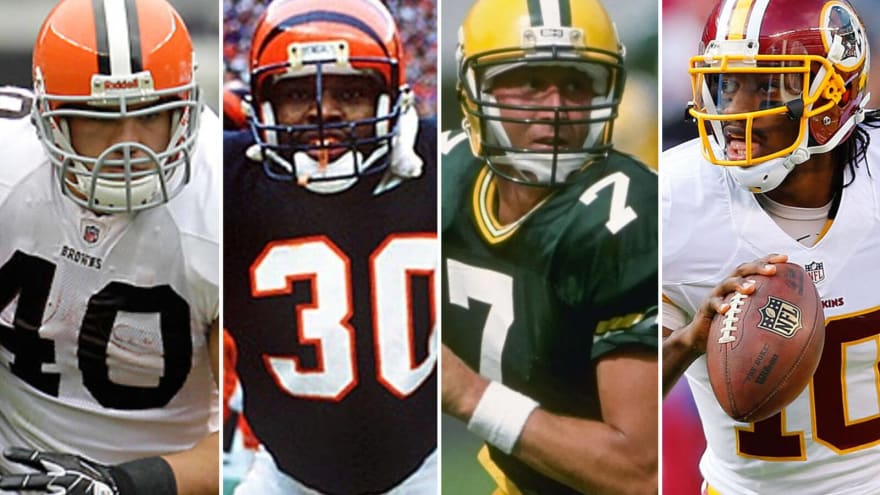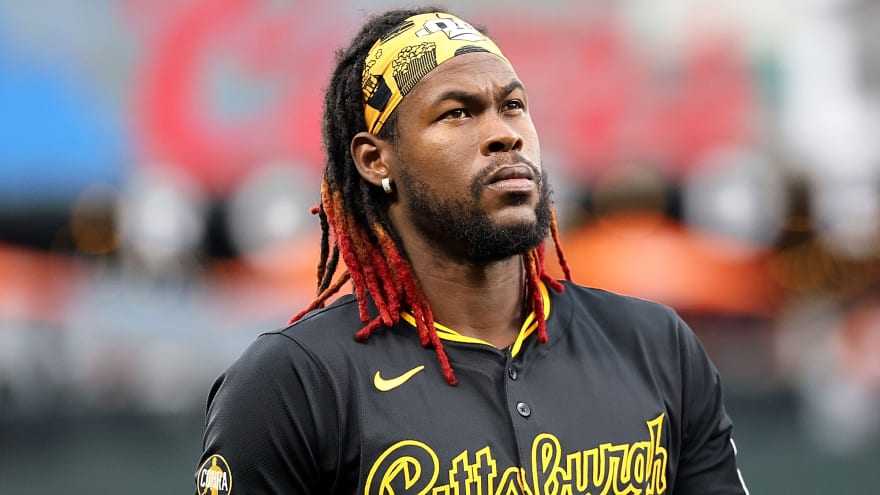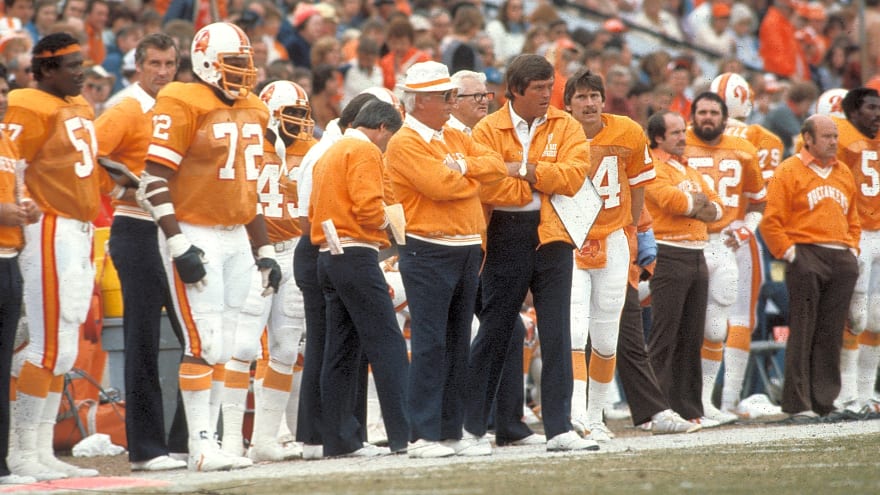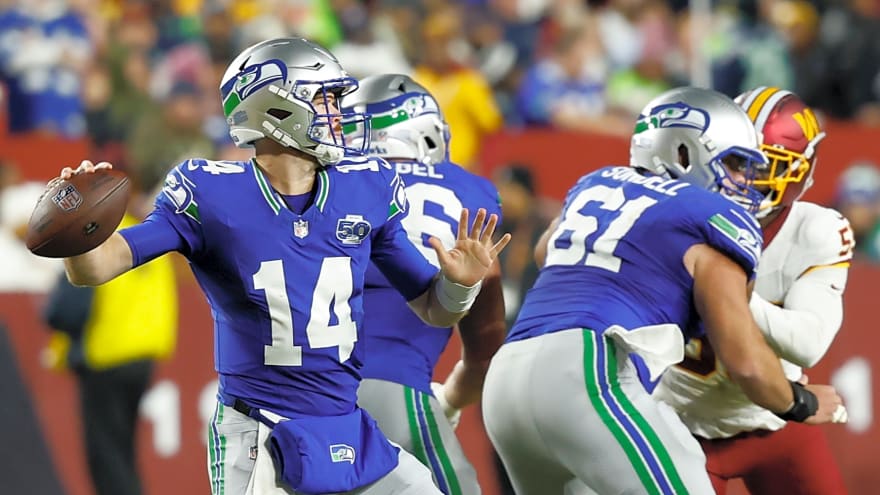
The salary cap is going up this summer in the NHL. The Habs have some salary cap room and some youngsters/choices to move. The Montreal club needs a second center to surround Ivan Demidov.
That’s all well and good. And on paper, it’s true.
But if Kent Hughes wants to make a move to improve his team, he’s going to need a realistic target in a team that might be willing to trade a quality center.
Since we know that Lou Lamoriello is no longer in charge of the Islanders’ field hockey operations, let’s just say that there’s a good chance that some guys will be traded in the next few months.
After all, we suspected that the old Lou wouldn’t launch a rebuilding process. But maybe the new GM, be it Patrick Roy or someone else, could.
What Lou Lamoriello ouster means for Patrick Roy’s Islanders future https://t.co/RRXI9POCvj pic.twitter.com/7teWGsMYv2
– New York Post Sports (@nypostsports) April 23, 2025
And that’s when you wonder if the Mathew Barzal, Bo Horvat and Noah Dobson of this world could go elsewhere.
Dobson’s case is different, since the defenseman is a year away from independence. But in the case of the two center players, who are under contract until 2013 (at $9.15 M and $8.5 M per year respectively for Barzal and Horvat), it’s different.
Trading them wouldn’t be cheap, but I’m sure the change in management will mean that the next field hockey operations boss, whether he’s GM or president, will be getting calls for his top players.
It’s only natural.
Which brings us back to Kent Hughes. The Habs GM doesn’t have much choice but to call Long Island to see if one of the big players could be traded this summer.
On that subject, there’s this old tweet from Pierre LeBrun that’s resurfacing. It’s about the fact that Barzal, a BC native, speaks French.
He thinks his parents sent him to French immersion school when he was young because his father secretly hoped he’d play for the Habs one day. – Pierre LeBrun on Mathew Barzal
One thing I didn’t put in the Barzal piece: he’s fluent in French. He thinks his parents put him in French immersion as a kid in Coquitlam, B.C., because his dad secretly hoped he might play for the Habs one day
– Pierre LeBrun (@PierreVLeBrun) December 1, 2017
Of course, we know that Barzal, who can say no to 22 teams via his partial no-trade clause, will control his destiny. And if he feels going to Montreal isn’t right for him right now, he won’t go just because his father made a decision 20 years ago.
He’ll make the decision for the Mathew of 2025 – if there is one, of course.
But since the CH is on the right track, we figure this is something that can tip the scales (a little) in the CH’s favor. In any case, it can’t hurt, we agree.
Remember that Barzal has been injured this season, but that otherwise, he’s relatively often healthy.

in a row
– Read more.
– Pascal Vincent: his time in Columbus made him a better coach. [ 98.5 Sports]
– Lane Hutson: still room for improvement. [ TSN 690]
– He’s been historically bad.
Vasilevskiy’s .625 Efficiency in Game #1 is the worst in NHL playoff history by a full-game goaltender
10 saves on 16 shots
– Guillaume Villemaire (@GVillemaire13) April 23, 2025
– Things are bad in Toronto.
The Blue Jays’ offense is in trouble.
But you already knew that. https://t.co/VqxAa7K5b0
– Passion MLB (@passion_mlb) April 23, 2025
More must-reads:
- Canucks believed to have inquired about Predators' Steven Stamkos
- Week 9 fantasy football takeaways: Rico Dowdle makes a statement
- The 'TDs from Josh Allen or Patrick Mahomes' quiz
Breaking News
Trending News
Customize Your Newsletter
 +
+
Get the latest news and rumors, customized to your favorite sports and teams. Emailed daily. Always free!
TODAY'S BEST

Brendan Gallagher and Joe Veleno change lines
At practice this morning, there wasn’t much at stake. I say that because the club has 18 healthy skaters, so we shouldn’t have expected anything extra on the ice. Barring an eventual recall, that’s the reality of the club right now. Yes, we’re keeping an eye on the goaltending situation, but there’s not too much chaos in town at the moment, let’s say. But just because the Canadiens don’t have any new ingredients for their fruit salad doesn’t mean the chef can’t stir it up a bit, regardless. And this morning, he did. Looking at the offensive trios, there’s one change from Saturday’s game against the Senators at the Bell Centre. And that is? Brendan Gallagher and Joe Veleno have switched places. Caufield – Suzuki – Slafkovsky Newhook – Kapanen – Demidov Bolduc – Dach – Gallagher Anderson – Evans – Veleno Did Martin St-Louis want to punish someone? Are we talking about an idea to add energy to the Bolduc and Dach line, two guys who want to give more? Who knows. We also don’t know if these trios will hold up for tomorrow’s game (possibly), when the Flyers come to town. We should have more answers tomorrow. But Bolduc and Gally together, we know it can work. overtime – Nice. – Interesting. – Indeed. – Of note. – Transaction.

Eagles geared up for another Super Bowl run after Jaelan Phillips trade
The Philadelphia Eagles are already Super Bowl contenders, but that's not stopping general manager Howie Roseman from bolstering his roster before the trade deadline on Tuesday at 4 p.m. ET. On Monday, the Miami Dolphins sent linebacker Jaelan Phillips to the Eagles for a 2026 third-round pick (via ESPN's Adam Schefter). It's the third defensive trade Roseman and company have made in the past week. They already improved their secondary by acquiring cornerback Jaire Alexander from the Baltimore Ravens and CB Michael Carter II from the New York Jets. How Jaelan Phillips trade benefits Eagles Trading for 26-year-old Phillips should help the Eagles (6-2) solve one of their bigger defensive problems: the ability to generate pressure consistently. Per Pro Football Reference, Philadelphia is tied for 19th in the NFL in pressure rate (19 percent). It also has 16 sacks, tied with the Las Vegas Raiders (2-6) for 23rd in the league. Phillips had just three sacks through his first nine games with Miami, but he's still a quality pass-rusher. Pro Football Reference has credited him with 18 pressures this season, tied with Denver Broncos LB Nik Bonitto and Pittsburgh Steelers LB T.J. Watt for the 12th most in the league. That's great company for Phillips to be in. Both of those star defenders are Defensive Player of the Year candidates. As of Monday, DraftKings Sportsbook gives Bonitto +850 odds to win the award and Watt +3500 odds to capture it. Star Philadelphia LB Nolan Smith Jr. is expected to return from a triceps injury in Week 10 against the Green Bay Packers. He last played in Week 3 against the Los Angeles Rams. His return and the Phillips trade may now put the Eagles defense — which ranks 19th in the league in points allowed (23.1) — in a position to hit its stride. Even if their team is winning, top GMs, like two-time Super Bowl champion Roseman, continue to find ways to strengthen their clubs. He's likely done that again by landing Phillips.

Mike Vrabel responds to accusation that Patriots simulated Falcons' snap on key fourth-quarter play

Packers have two trade options to replace Tucker Kraft
The Green Bay Packers lost much more than a game on Sunday afternoon. Star tight end Tucker Kraft, who had blossomed as one of the biggest threats for their passing game, suffered a potential season-ending knee injury. Kraft's production was quite valuable for Matt LaFleur's team, hauling in 32 passes on 44 targets for 489 yards and six touchdowns. Now, with Kraft potentially out of the picture and the trade deadline just hours away, the Packers have two candidates to consider as his replacement. Packers should trade for David Njoku or Chig Okonkwo Jordan Love is one of the best quarterbacks in the NFL in intermediate throws and using the middle of the field. The Packers need to exploit that with another playmaking tight end. With the Cleveland Browns sitting on a 2-6 record and David Njoku still waiting to get a contract extension, he'd be a solid and reliable addition at a reasonable price. He's up to 27 receptions for 260 yards and two scores this season. While he's been vocal about his desire to stay in Cleveland, Browns rookie TE Harold Fannin Jr. is already the No. 1 option. If the Browns are reluctant to give Njoku up, the Packers can always reach out to the Tennessee Titans, who, at 1-8, are already going through a panic sale of their own. Cam Ward hasn't developed much chemistry with Chigoziem Okonkwo. Given that Okonkwo is in the final year of his rookie contract, he's also a no-brainer trade candidate. Despite the limited opportunities and inconsistent playing time, Okonkwo has turned 29 catches into 281 yards. He may only need a change of scenery to break out.

Auburn makes massive decision regarding HC Hugh Freeze
The college football coaching carousel is alive and well. Just one week after Brian Kelly was fired from LSU, it's now the Auburn Tigers' turn to make a coaching move. Hugh Freeze fired According to multiple reports, Auburn has officially parted ways with head coach Hugh Freeze. The firing comes after Auburn managed just three points Saturday against the Kentucky Wildcats, one of the SEC's worst defensive teams, in a 10-3 loss. Freeze's tenure Freeze will finish his tenure at Auburn with a 15-19 (44.1 percent) record, much worse than his career winning percentage of 61.3 percent. His return to the SEC after seven seasons away ultimately did not turn out the way he or the university had hoped. Expected buyout Freeze's expected buyout is set at $15.8 million, one of the largest across college football. According to ESPN's Pete Thamel, that amount "is not subject to off-set and mitigation." Potential replacements The amount of top-notch coaching talent fired this season will give Auburn plenty of options to go after to fill its head-coaching vacancy. Those names include Billy Napier, Brian Kelly, James Franklin and others. A head-coaching job in the SEC is a dream job for many coaches, meaning there should be plenty of suitors to fill the vacated role for both next season and beyond.

